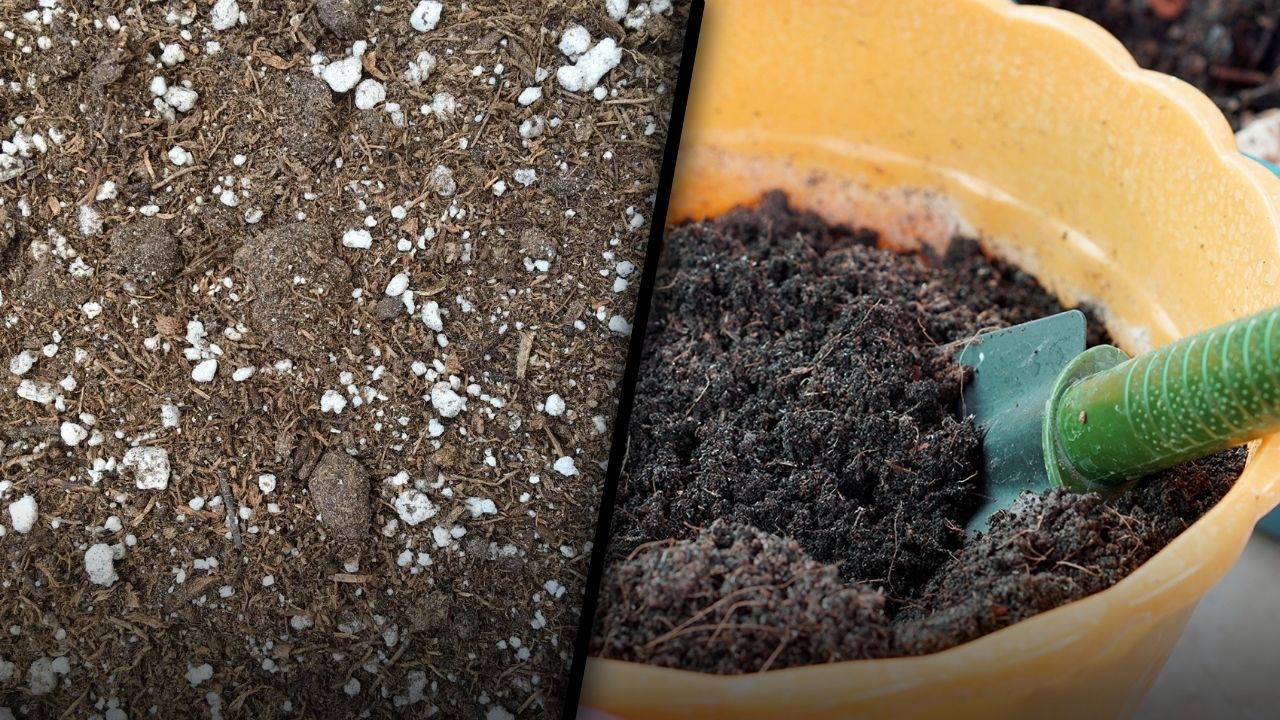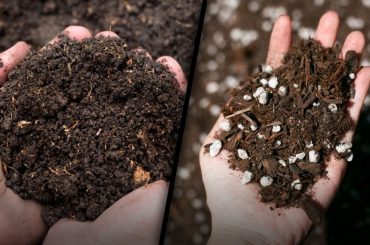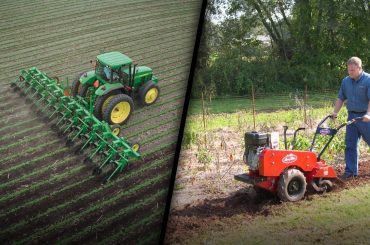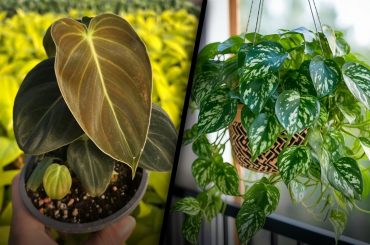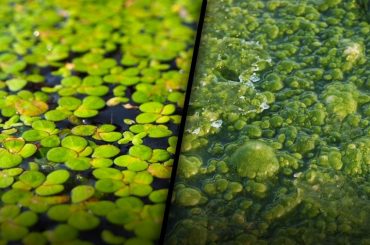It can be confusing for beginners to differentiate between potting soil and potting mix. Almost all plants require growing media for the development of their roots, such as potting soil and potting mix. There are two main types of media: soilless and soil-rich. Most soilless and soil rich media are used in containers, not in raised beds or on the ground. Further definitions become more difficult from there.
What Is a Potting Medium?
It’s important not to confuse the terms media and medium. There is no difference between a media and a medium; they are simply plural forms of it. Growing medium refers to any material that’s used for growing plants, such as soil or compost. The Cambridge Dictionary defines it as “a substance that something grows, lives, or moves through.” Growing mediums are used for growing plants in containers such as pots or trays.
Potting Mixes and Marketing
Neither “potting mix” nor “potting soil” are scientific terms. Gardeners use them to describe their homemade mixtures or manufacturers use them to label their products.
If you’re located in a different location, talking to a different person, or reading a different brand of product, you may see that these terms are used differently. It is most common to use potting mix or potting soil to refer to growing media without the use of soil in their recipe lists. However, potting soil may be used to refer to a soil-based medium as well. Are you still confused?
This guide will explain what potting mixes and soil are and what they are used for, so you can choose the best one for your plants. Despite their inconsistent use, these terms are often used interchangeably. Choosing between a bag of potting soil vs potting mix will be straightforward if you understand which ingredients are beneficial for plants.
What is Potting Mix?
In containers, potting mix is a mixture of several substances other than soil that helps plants grow. There are typically a mixture of inorganic (derived from non-living sources) and organic (derived from living sources) components in potting mixes. Water retention and drainage properties of potting mixes can be adjusted with inorganic components. In addition to holding water and air, organic components attract beneficial microorganisms in potting mixes.
Among the inorganic components are:
-
Perlite or vermiculite: a mineral that is porous and flaky
-
Pumice or cinder: volcanic rocks with gravelly surfaces
-
Horticultural sand: a mineral granule
Components of organic matter include:
-
Peat moss: moistens growing media and improves pH levels for plants that thrive in acidic soils; forms in peat bogs from decomposing organic matter.
-
Compost: organic waste that decomposes; can come from forestry waste, leaves, or food waste
-
Earthworm castings: a natural fertilizer produced by earthworms; helps retain water, aerate soil, and enrich it
-
Coconut coir: inorganic fibrous waste produced by coconut husks and used as an alternative to peat moss
-
Tree bark: sourced from pine trees; improves water retention and soil stability
-
Bat guano: A rich source of nitrogen, phosphorous, and potassium, which makes it an excellent fertilizer and soil builder
-
Organic or chemical fertilizer: A substance that provides essential nutrients to plants, also known as “plant food.”
A potting mix is composed of a mixture of organic and inorganic ingredients that makes it lighter and fluffier than soil. The confined space of a container allows for aeration, drainage, and water retention, thanks to aerating potting mixes. A difference between potting mix and most soil products is that the latter is sterile. In other words, they’re free of pests, pathogens, and seeds.
What is Potting Soil?
Let’s start by defining soil. An organic soil is composed of dead and living organisms (organic matter) as well as extremely small minerals and rock particles. Fungal, bacterial, and nematode life flourishes in fertile soil.
There is often an interchange between potting mix and potting soil. Although the word “soil” may refer to actual soil, it does not necessarily imply a soil-based mix. Commercial potting mixes have been sterilized to destroy organisms that could possibly harm your potted plant, which is one reason why commercial mixes are so important. The term “potting soil” does not necessarily imply that it contains true soil, even if it is marketed as such.
It is important to note that soil-based products are designed to look and behave like healthy soils that could naturally occur in the ground. In addition to soil, these products include compost, peat moss, and fertilizer. Raised beds and the ground are ideal places for planting soil-based mixes.
When growing plants in containers, it is usually not a good idea to use soil taken from the ground or soil-based mixes. Closed containers require aeration and drainage properties that are essential to encouraging healthy root development. Soil is typically dense and heavy, with poor aeration and drainage.
Choosing between Potting Soil vs Potting Mix
The product information on a bagged growing media should specify whether it is recommended “for in-ground use.” If it does, then it might be a soil-based product that’s not suitable for containers.
Light and fluffy media are generally best for potted plants. Perlite or vermiculite are normally incorporated into ideal potting mixes with some organic material (peat moss, coconut coir, bark, compost). A perfect growing medium maintains roots aeration while retaining water and draining effectively.
Plants are all different, of course. If you’re starting or repotting a plant, ensure that you research the ideal growing conditions before you mix or purchase a medium. Consider using a potting mix specially made for your plant when possible. It is possible to find customized mixes for the planting of cacti and succulents, orchids, flowering plants, and seedlings, for example.

